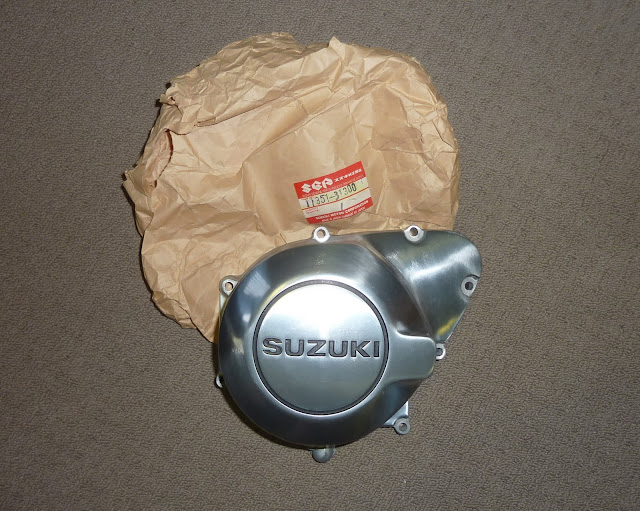If you're getting a bad vibration every time you apply the brakes, there's a good chance you've got a warped disc. But before you order [expensive] new ones, carry out some basic checks first.
- Lift the front end of your bike and turn the steering from lock-to-lock slowly, feeling for any roughness or looseness in the steering head bearings. Any play, or harsh movement, and it's time for new bearings. Get that sorted first.
- Are the brakes binding at all? Spin the wheel. You'll hear the pads rubbing the disc, but it should spin freely, not stop as soon as you let go of the wheel. If they're binding, you need to free up the pistons or overhaul the calipers. Binding brakes run hot and can lead to warped discs.
- Is there any play in the fork stanchions/sliders? There is always a minute amount of play to allow for easy movement but, if excessive, could cause a juddering through the handlebars. In fairness, this isn't so common and points one and two should be checked out first.
The visual.
It's not always necessary to use a dial test indicator to check for runout. Sometimes you can see by eye how bad the disc is. Check out Bryan's CBR here.





















